GasGas MC125: SmartCarb vs Stock
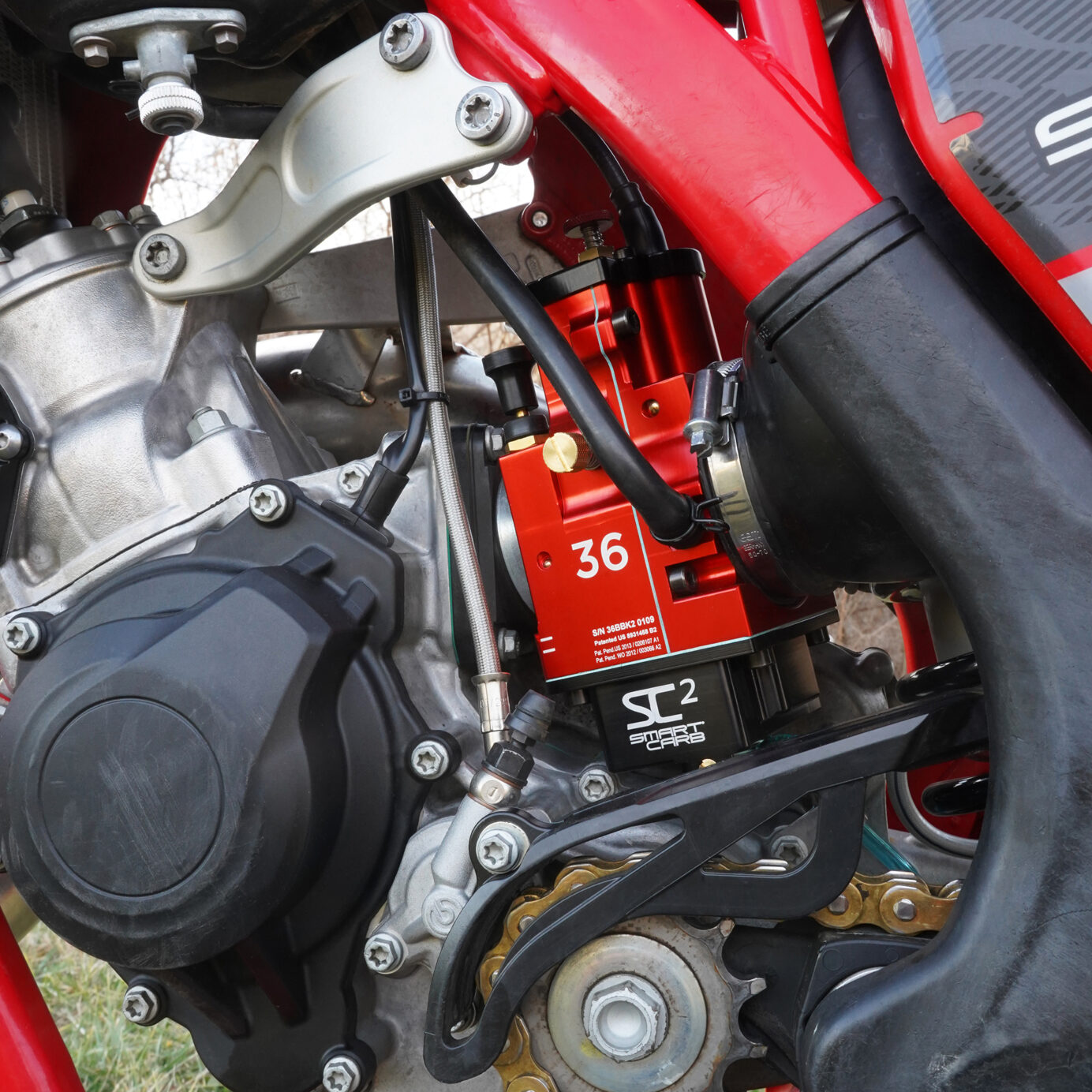
GasGas MC125
Hunting for Holeshots.
Comparing performance, SmartCarb vs Stock Mikuni (race tuned)
At SmartCarb Fuel Systems we let data lead our pursuit of modern metering rod carburetor perfection. That ethos undergirds product development, tuning baseline refinement over time, and in-house testing procedures. The performance claims we make are bold yet validated by constant internal testing, supported by third party feedback from top level professional racers, and are recognized daily through customer feedback the world over.
In this article we'll pull back the curtain a bit on our in-house dyno testing philosophy and methods, followed by a breakdown of our results comparing the 36mm SC2 SmartCarb to a race-tuned Mikuni TMX38 in a 2023 GasGas MC125.
Dyno Philosophy
A dynamometer is a tool, and like any tool a proper understanding of its applications and limitations is essential to deriving objective and meaningful results. Fundamentally, dynos are comparison tools.
All else being equal, meaning all variables except for the specific variable being tested remaining the same - including ambient conditions, testing parameters, and even technique, how does tuning baseline 1 compare to tuning change 2 (or 3 or 4)? How does Widget A compare to Widget B?
It's worth noting that the dyno itself is a variable. No two dynos will put out the exact same numbers but that doesn't mean testing performed on different dynos isn't useful. Indeed it is essential for verifying or backing up claims which is why we appreciate and encourage 3rd party dyno testing of our products. The point is to test Variables A and B on BOTH Dynos 1 and 2 – not to compare Variable B numbers on Dyno 1 to Variable A numbers on Dyno 2, for example.
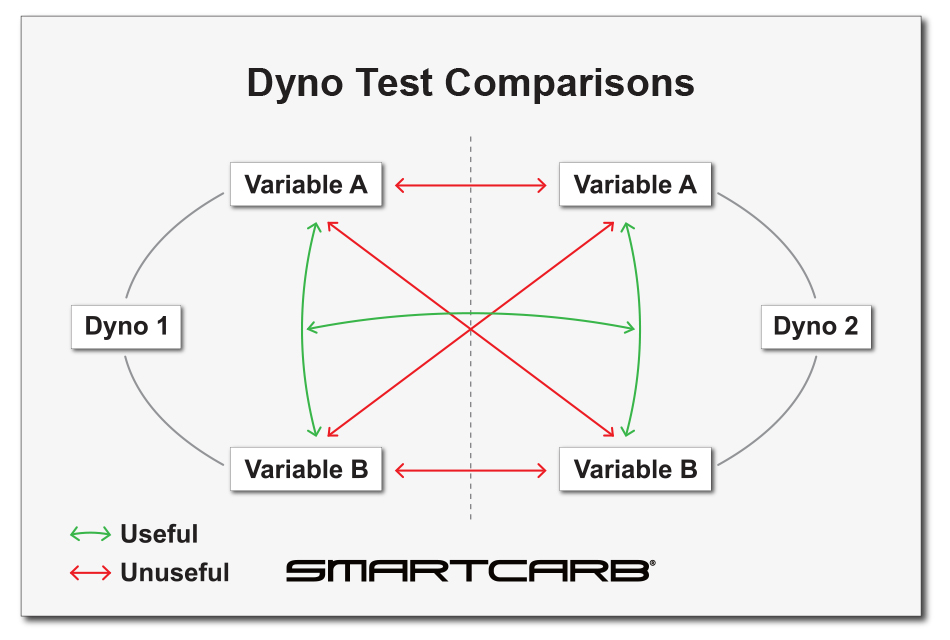
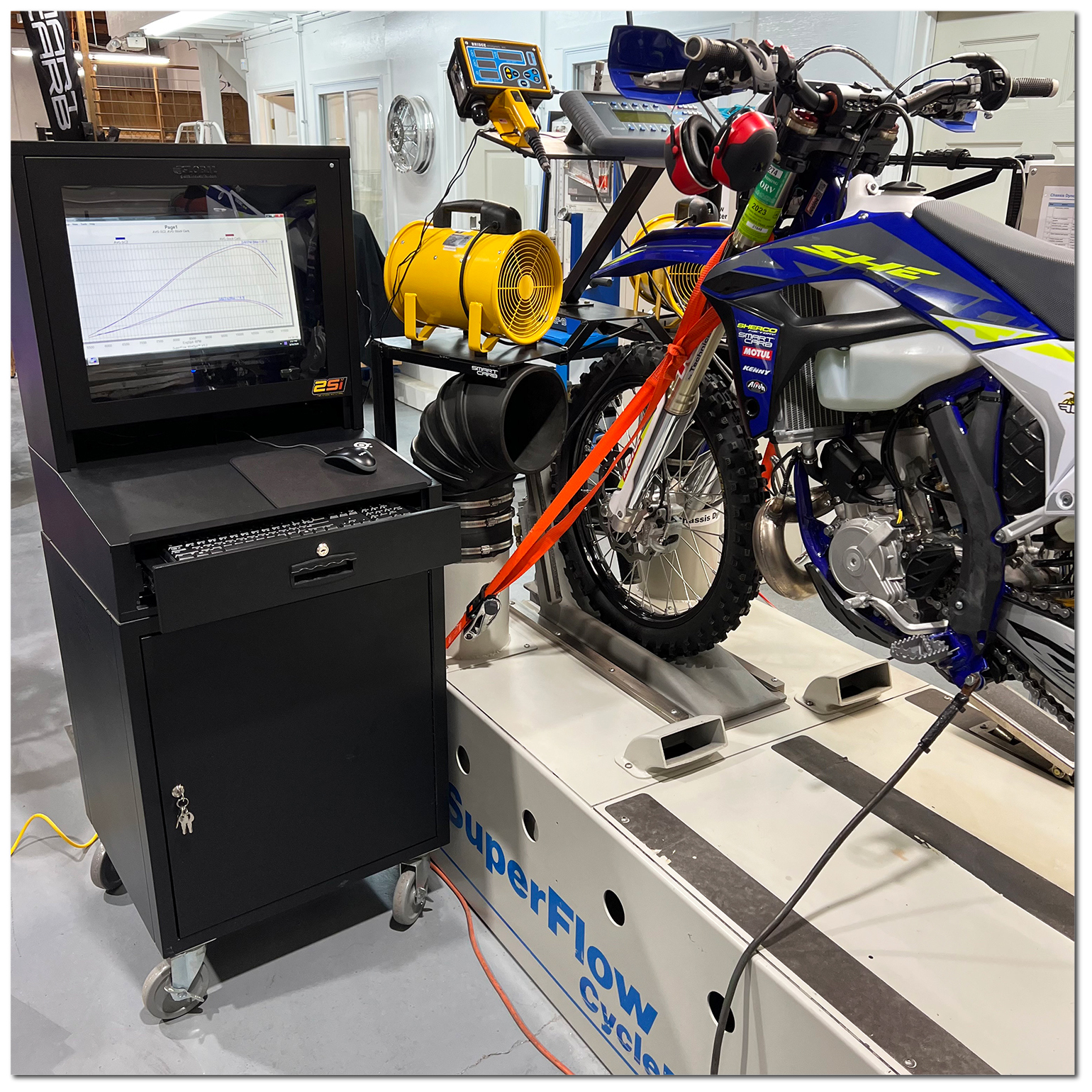
Dyno Methodology
Our motorcycle chassis dyno is a SuperFlow CycleDyn Pro EC SF-250EFI with inertia and controlled (eddy current absorber) testing capabilities. Inertia sweep testing best highlights peak HP and torque and is the method most people are familiar with - involving a WOT pull, typically in 4th or 5th gear. Conversely, controlled or loaded step testing is useful for measuring performance at varying loads and/or partial throttle openings.
For this comparison we opted for inertia testing given the familiarity of the data for our viewers and the nature and intended use of this particular application: fast MX.
Our strict internal standards for dyno testing require all pulls to be performed by the same technician on the same day and with, at minimum, six test averages per fuel system or tuning change.
Wheel-World Data
We use SAE correction factors to measure wheel HP and Torque, not what may or may not be happening at the crank. HP/Torque figures published by the manufacturers are always crank numbers. As such the numbers we publish are lower due to parasitic losses incurred through the drivetrain (gearbox, chain, etc).
In our opinion, wheel HP/Torque measurements provide a much more reliable metric for determining real-world performance.
See the Key for the testing parameters used.

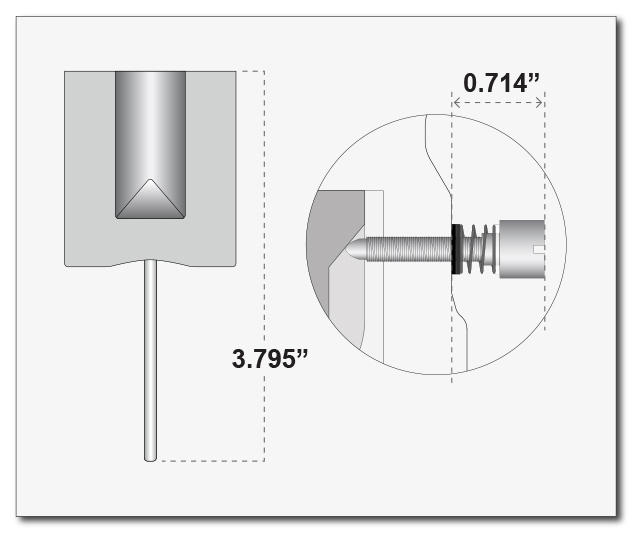
Precise 36mm SmartCarb SC2 settings as-tested.
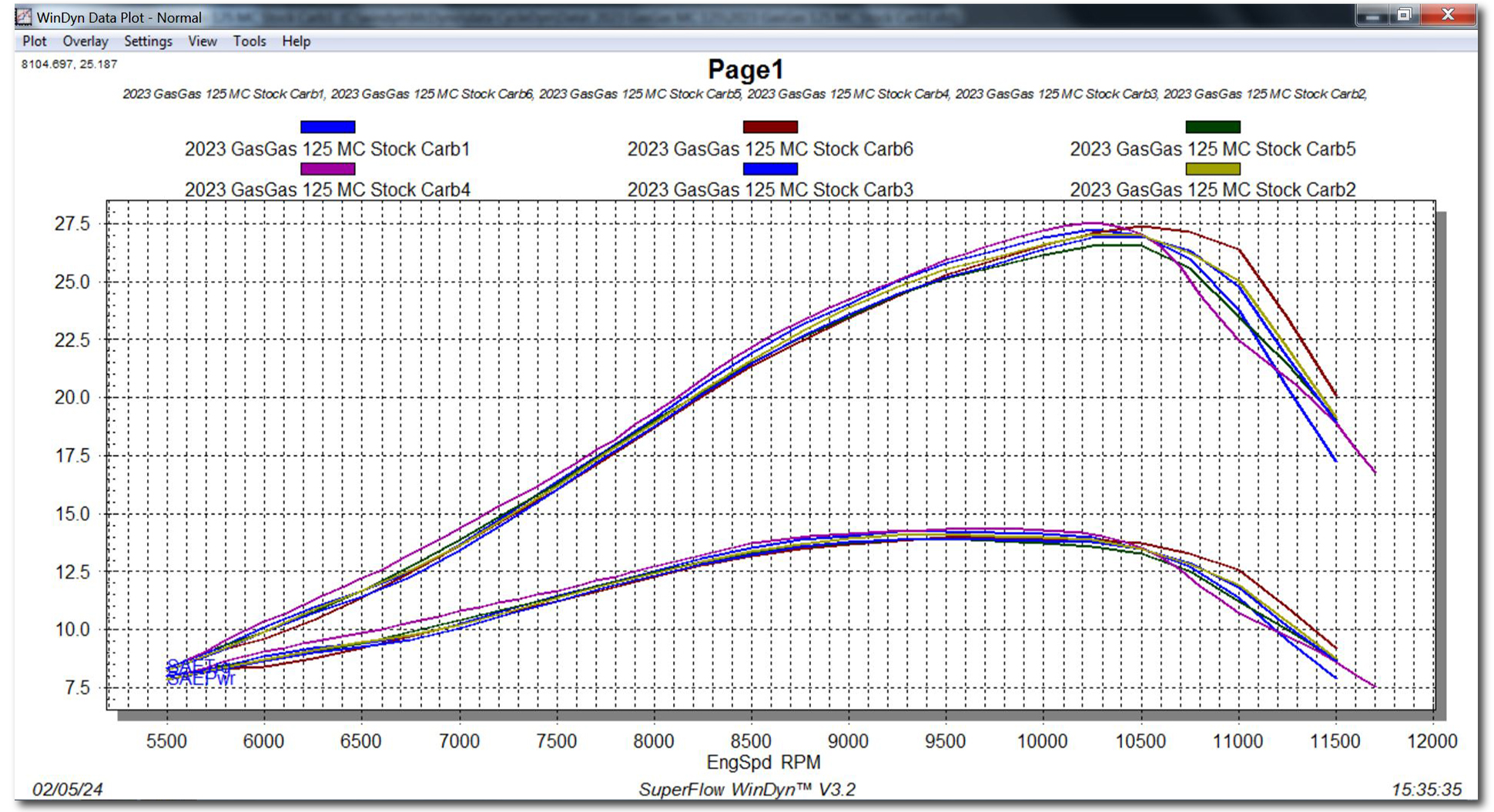
Mikuni TMX38
This chart shows all six tests of the Mikuni TMX38. It has been dialed in for motocross racing in/around Missouri, USA (average elevation of 800 feet (244m). Jetting info as-tested:
Air Screw: 1 Turn
Pilot: 35
Needle: 6BFY43-71
Needle Position: Top Clip
Main: 490
Slide: 4
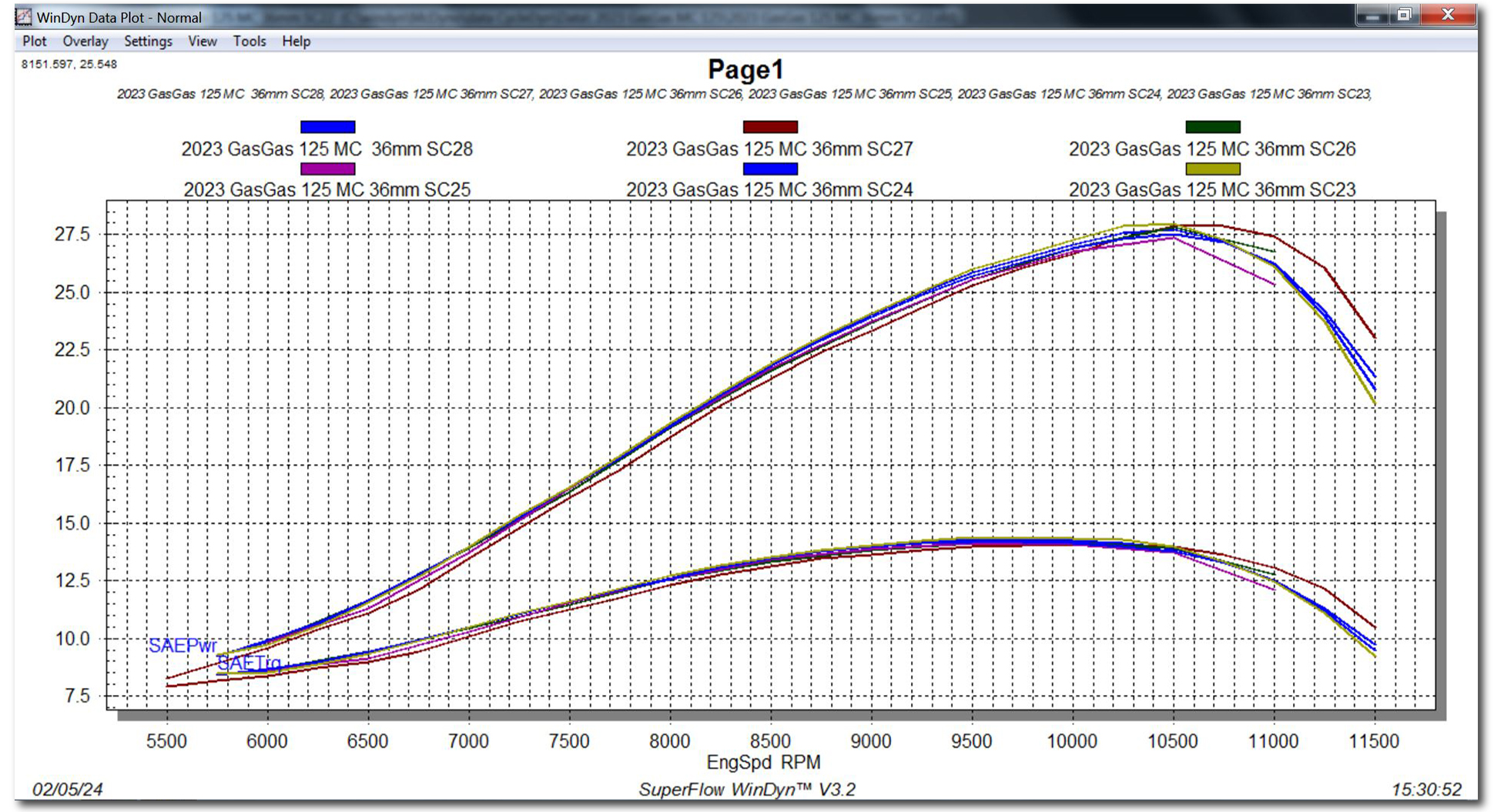
36mm SmartCarb SC2
This chart shows all six tests of the 36mm SmartCarb SC2 tuned for best performance. Settings as-tested:
Metering Rod: D-F05
Metering Rod Position (clicks from full rich): 107
Idle Set Screw: 0.714"
Baseline settings for D-F series metering rods are typically ~90 clicks out (counterclockwise) from the full rich position (fully clockwise), depending on the application. The adjustment resolution of the SC2 is very fine and there are ~150 total clicks of adjustability.
Like most 125cc 2T MX bikes this MC125 is quite high strung and requires a richer fuel profile. The D-F05 is a particularly rich metering rod and we are not surprised to see it end up at ~17 clicks leaner than baseline.
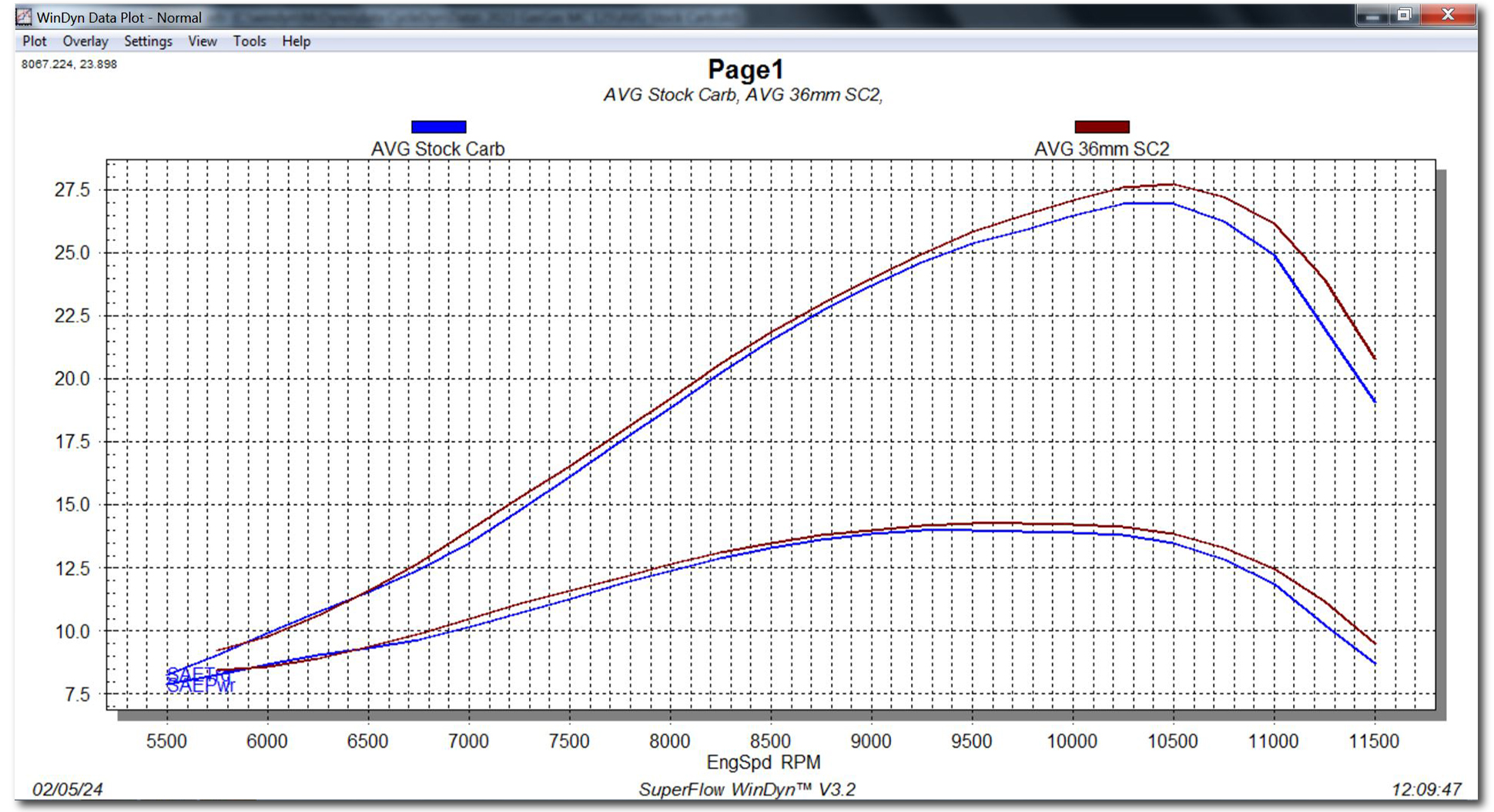
Averages Compared
This chart compares the six test averages of each fuel system tested. The 36mm SmartCarb SC2 provides a clear increase in performance and torque throughout the rev range compared to the Mikuni TMX38, with a 3% gain in peak HP.
Note that our claim of 10% increased peak power over properly dialed stock carburetors assumes a size-for-size comparison. A 3% gain despite being 2mm (11%) smaller clearly demonstrates the SC2's performance potential.
The 36mm size SC2 is recommended for 125/150cc 2-stroke dirt bikes for best all-around performance. We do not recommend the 38mm SC2 for these applications unless they are highly modified and able to support the larger size (substantially higher-than-stock peak RPMs). SmartCarbs use metering rods for fueling and are more signal dependent than conventional jet/needle carburetors, making them more prone to signal loss and bogging/hesitation on quick throttle whacks if sized too large for the application's requirements.
Air/Fuel Ratios
This chart shows the six test averages of each fuel system with A/F data given below. While both fuel systems display the characteristic hump on tip-in typical for this type of sweep testing (full WOT in 5th gear from under 25mph rolling speed), the 36mm SC2 carries more a linear A/F curve compared to the Mikuni TMX38.
Whereas the Mikuni and other conventional jet/needle carburetors transition through multiple air and fuel circuits throughout the throttle range, the SmartCarb operates off of a single circuit fuel profile using a flat ground metering rod. Single circuit fueling aided by integrated float bowl venting allows the SmartCarb greater mixture control, finer fuel atomization, and increased combustion efficiency.


Conclusion
Dynos are excellent tools for assessing performance one variable at a time, but it's what happens on the track that matters most.
We'd like to thank local youth MX State Champion Mikey Sandidge for allowing us to borrow his bike and wish him luck and many holeshots for the 2024 season!
Carburetion, Redefined.
The SmartCarb is an ultra-efficient, single circuit, mechanical fuel system that increases performance, improves fuel economy, and drastically reduces emissions outputs.
Our patented technologies have been EPA tested and certified, proven in the extreme environment of off-road motorcycle racing, and enjoy professional and recreational use worldwide.
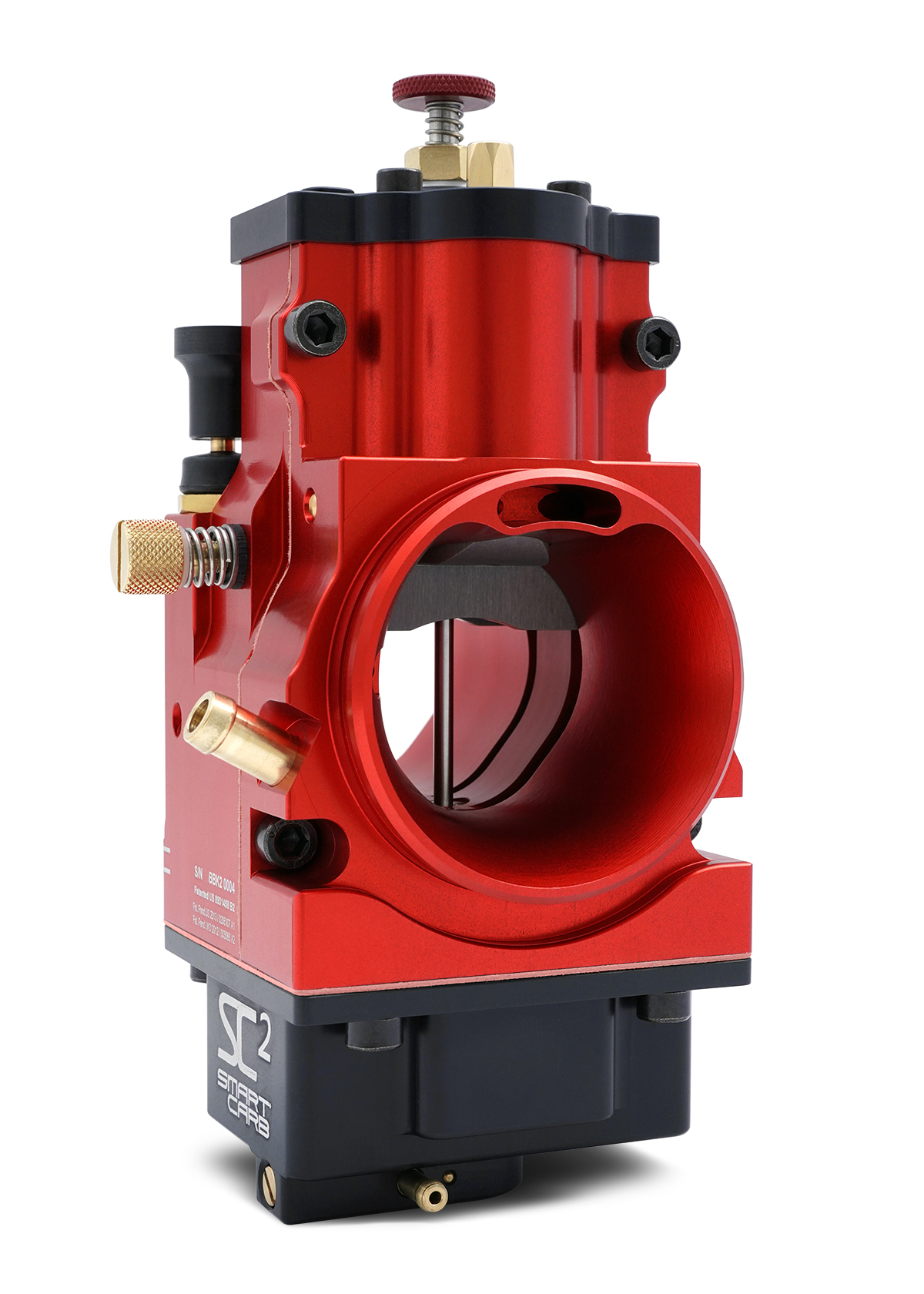
Top-level racers choose SmartCarb.
SmartCarb equipped racers edge out the competition, making use of unrivaled gains in performance and range. A true competitive advantage, the SmartCarb is the choice for a growing number of top level professional racers and athletes worldwide.
